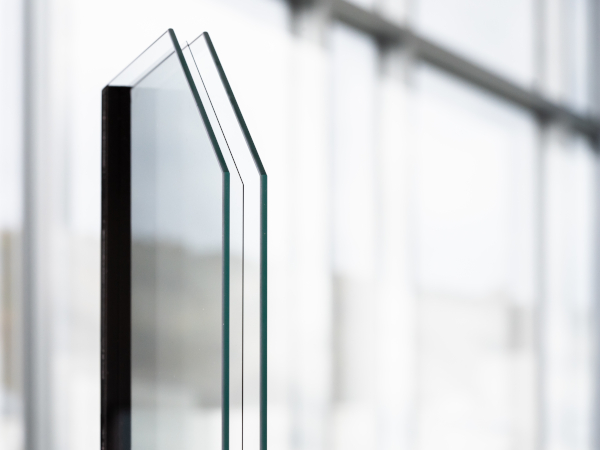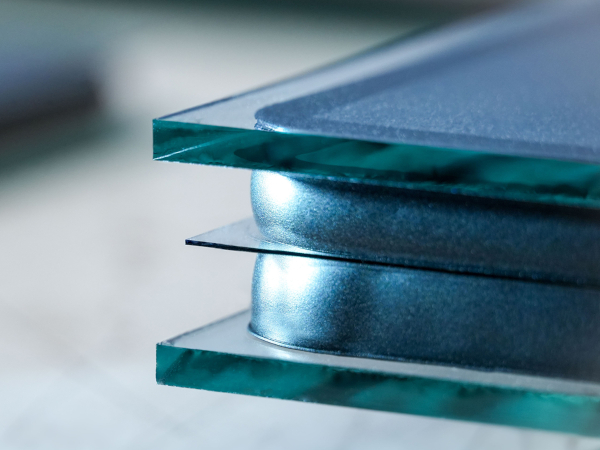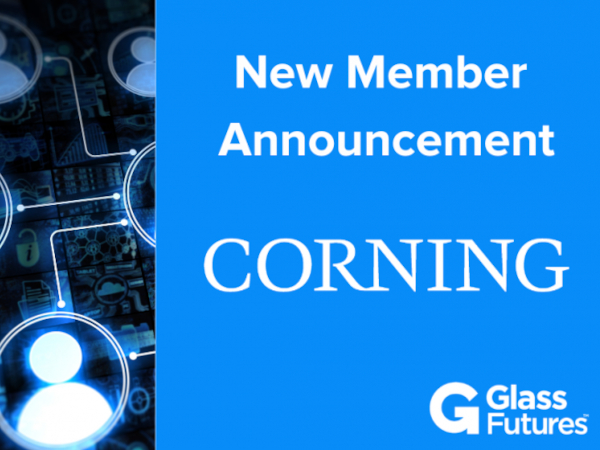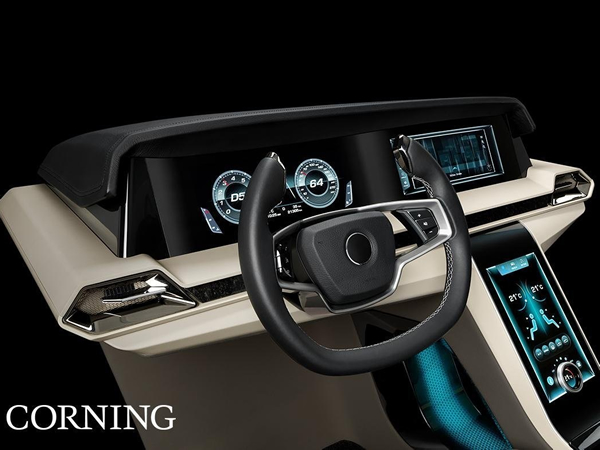Date: 23 July 2013
What makes it the leading cover glass for today’s consumer electronics? Thinness enhances the touch experience. High durability to better resist the damage that comes with the everyday use of mobile devices. A precision surface makes brighter images possible and can be recycled using standard recycling programs. Moldable capabilities provide designers with new options.
Corning is often confronted by other companies hoping to design a comparable display material. Although there are competitive products in the display market, we don’t believe these other materials are capable of meeting all of the requirements consumers and device manufacturers have today for their electronic devices.
.jpg)
Most recently, consumers and the media have speculated that sapphire crystal could be a possible competitor to Gorilla Glass. Although sapphire is a leading product for the cover of watches and camera lenses, many of its features are not well suited for use in the consumer electronics industry. Read on to see the three main differences that help distinguish Corning Gorilla Glass from sapphire:
Damage resistance: Our labs conducted several tests comparing the durability of Gorilla Glass and sapphire. The tests, including a tumble test and ring-to-ring press test, demonstrate Gorilla Glass’ superior performance after a damage event has occurred. Although sapphire is harder to scratch than Gorilla Glass, its susceptibility to breakage after everyday wear-and-tear is high, especially if used at the same thinness as Gorilla Glass. Check out this video of the demos Corning did to compare the two cover materials.
Lighter and thinner: Sapphire is 67 percent heavier than Gorilla Glass. It is also more difficult to process, which can be an issue when trying to achieve comparable thinness to Gorilla Glass.
Cost: Sapphire is a crystalline material and its physics make manufacturing expensive and slow. As a result, the cost to fabricate a sapphire cover greatly exceeds the price of Gorilla Glass, especially when trying to match the thinness of Gorilla Glass. The basic physics of sapphire present a lofty challenge for cost reduction efforts.







Add new comment